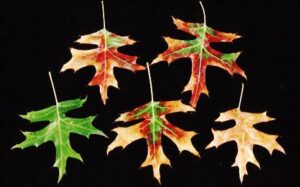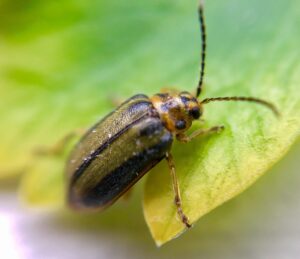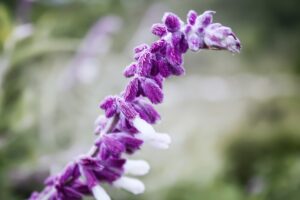Consumer Horticulture News September 2022
go.ncsu.edu/readext?884087
en Español / em Português
El inglés es el idioma de control de esta página. En la medida en que haya algún conflicto entre la traducción al inglés y la traducción, el inglés prevalece.
Al hacer clic en el enlace de traducción se activa un servicio de traducción gratuito para convertir la página al español. Al igual que con cualquier traducción por Internet, la conversión no es sensible al contexto y puede que no traduzca el texto en su significado original. NC State Extension no garantiza la exactitud del texto traducido. Por favor, tenga en cuenta que algunas aplicaciones y/o servicios pueden no funcionar como se espera cuando se traducen.
Português
Inglês é o idioma de controle desta página. Na medida que haja algum conflito entre o texto original em Inglês e a tradução, o Inglês prevalece.
Ao clicar no link de tradução, um serviço gratuito de tradução será ativado para converter a página para o Português. Como em qualquer tradução pela internet, a conversão não é sensivel ao contexto e pode não ocorrer a tradução para o significado orginal. O serviço de Extensão da Carolina do Norte (NC State Extension) não garante a exatidão do texto traduzido. Por favor, observe que algumas funções ou serviços podem não funcionar como esperado após a tradução.
English
English is the controlling language of this page. To the extent there is any conflict between the English text and the translation, English controls.
Clicking on the translation link activates a free translation service to convert the page to Spanish. As with any Internet translation, the conversion is not context-sensitive and may not translate the text to its original meaning. NC State Extension does not guarantee the accuracy of the translated text. Please note that some applications and/or services may not function as expected when translated.
Collapse ▲
Pin oak leaves showing scorch disease symptoms by NCSU Plant Pathology.

Elm leaf beetle. Image by Michelle from Pixabay.
Late Summer/Early Fall Bloomers
There are a couple of late summer bloomers that you should look at adding to your landscape. Tall Ironweed blooms from mid-summer to early fall in woodland edges, pastures, and roadsides. The flower color ranges from deep purple, lavender, and magenta. It’s native to the eastern US and a wide variety of butterflies and bees

Autumn Joy stonecrop by Dow Gardens, Dow Gardens, Bugwood.org.
pollinate the flowers. The name Ironweed comes from the toughness of its stem and how hard it is to uproot the plant. Autumn Joy Stonecrop or Sedum is one of the most dependable perennial succulents and is attractive all year.

Mexican bush sage. Image by Use at your Ease from Pixabay.
It grows best in full sun and well-drained soils. It does not like to be in soggy conditions. Once established, it is drought tolerant as well. Autumn Joy works well in containers and planted in borders or rock gardens. In the spring, rounded, fleshy green leaves emerge. In the summer, flower buds are light pink and open to red in late summer and early fall. In the winter, browned flower heads can be considered ornamental. To maintain the bushy shape and thick stems, cut or pinch plants back in early spring. Plants can be propagated by division, stem or leaf cuttings. Autumn Joy Sedum makes a good pollinator plant, especially for butterflies. Mexican bush sage, Salvia leucantha, is a tender perennial that reaches 3 to 4 feet and is also drought tolerant. Flower spikes are long, with purple and white blooms in late summer. Mexican sage does best in full sun and as a specimen or accent plant.
Blue-winged Digger Wasps
This time of year, it’s common to see Blue-winged Digger Wasps hovering over lawns or visiting patches of native goldenrod or mountain mint. These wasps enjoy nectar-rich and showy flowers but what are they doing flying low over yards and parks? These wasps are actually looking for grubs to feed their future larvae. Blue-winged Digger Wasps are a parasitoid of insects such as green June beetles and Japanese beetles. After mating, female wasps burrow into the ground and sting a beetle grub, paralyzing it. She then lays an egg on the grub. As the wasp larva develops, it consumes the beetle grub and eventually kills it. The following year, the next generation of Blue-winged Digger Wasps will emerge; take that pesky Japanese Beetle! Despite their large size, these native wasps are not aggressive and there’s no need to fear them. Just consider them as a free and natural source of Japanese beetle control for your yard or garden. These wasps are your friends!
Contact N.C. Cooperative Extension, Franklin County Center, or Colby Griffin, 919-496-3344, colby_griffin@ncsu.edu for information about consumer horticulture.




